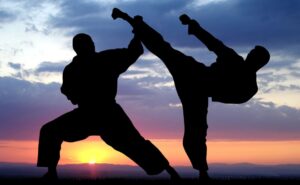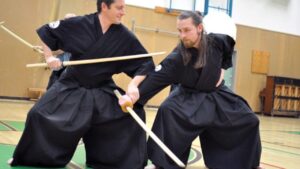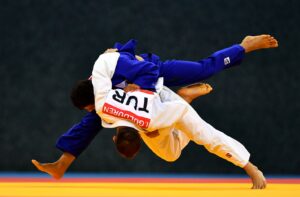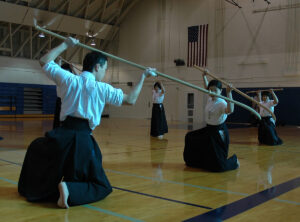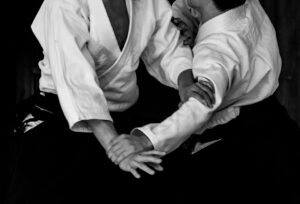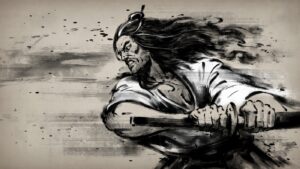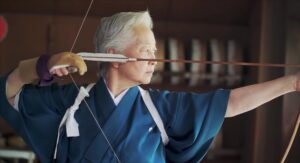
Kyūdō : Combat Stories – 13
By the beginning of the Meiji era in the late 19th century, all martial art forms in Japan including Kyūdō saw a massive decrease as the Samurai lost its status. Later, with the All-Japan Kyudo Federation, it was brought back to life. New regulations and guidelines were published and it started with new popularity.

